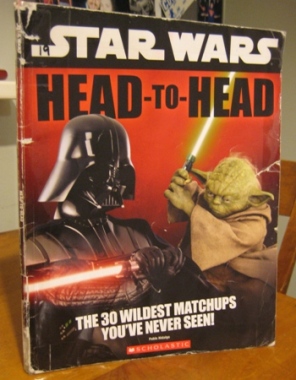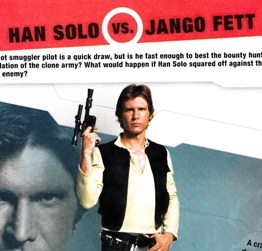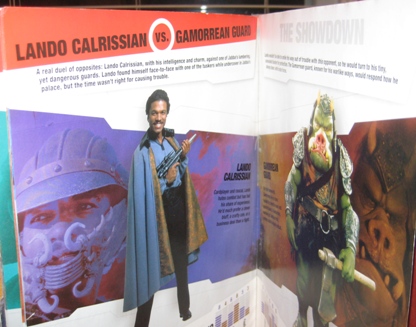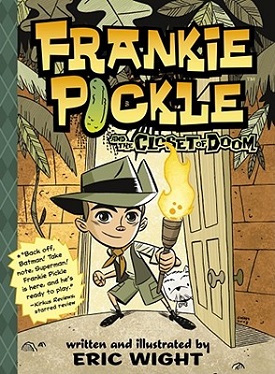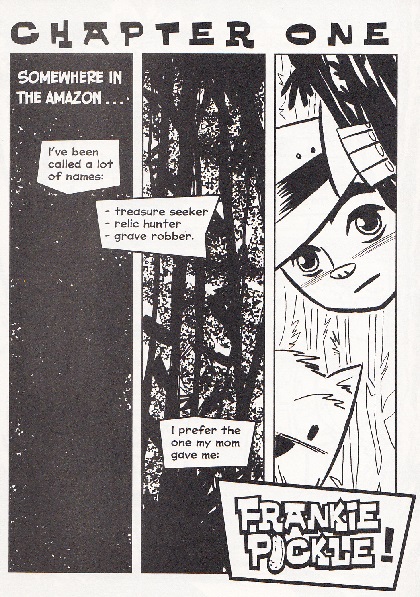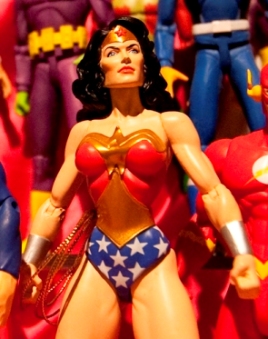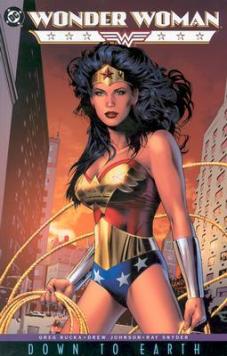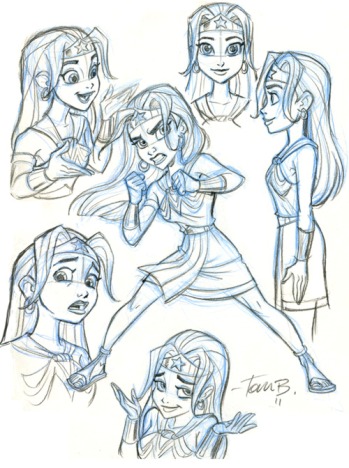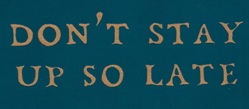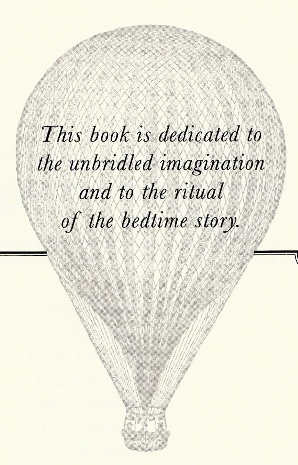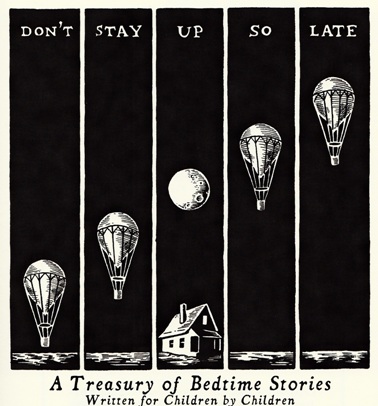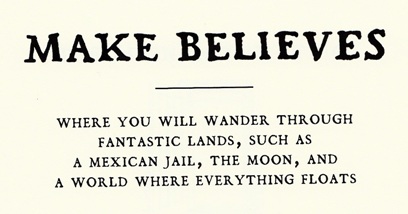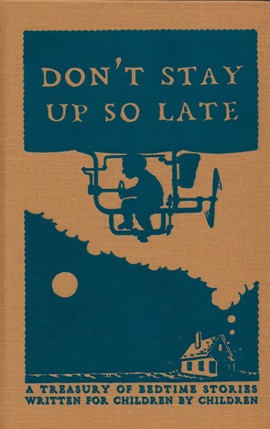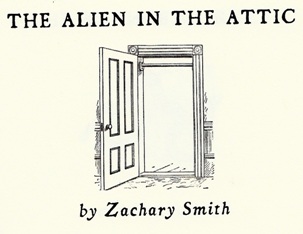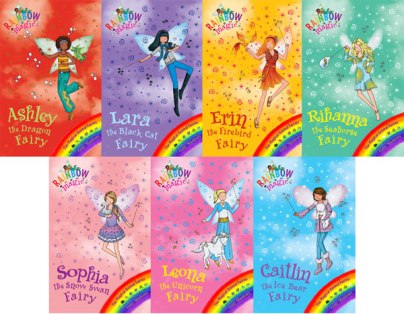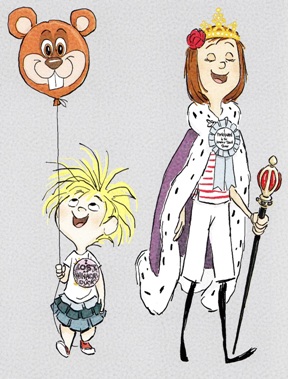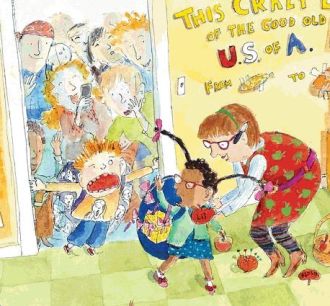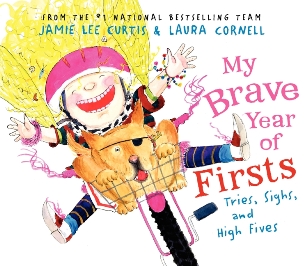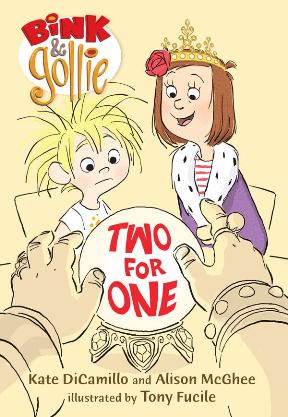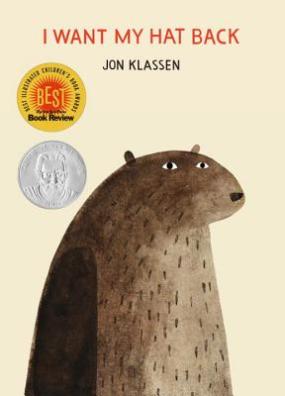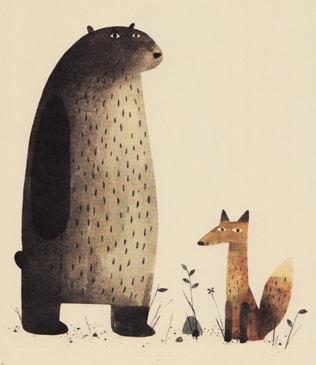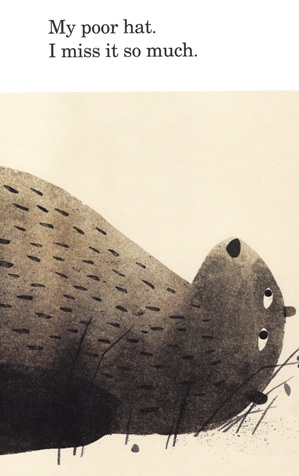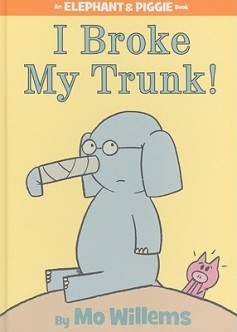I just had a 20-minute conversation with my daughter about who would win in a fight between Darth Vader and Yoda and it was, honest to god, part of her homework. (Let’s give it up for public schools, nerds.) The debate was inspired by a book called Star Wars Head-to-Head: The 30 Wildest Matchups You’ve Never Seen! by Pablo Hidalgo, and I’m not sure if I want to throw the book in the garbage or give it a teen movie-style slow clap to acknowledge it as a subversive masterpiece.
My daughter is in first grade and her class has a daily homework reading program called “Book in a Bag.” Every day, she comes home with a new book (in a bag!) that she’s supposed to read with us that night. After she reads it on her own, we have to decide if the book was “Easy”, “Just Right,” or “Hard” for her to read and fill out an attached form. It’s a good concept, though the books my daughter brings home sometimes can leave a lot of be desired. Occasionally, she’ll bring home a familiar gem (The Princess and the Pizza!), but often, she’s bringing home phonics-focused easy readers that are way too easy for her or she’s bringing home media tie-in books (My Little Pony, Star Wars, etc.) that just seem designed to lure kids away from legitimate works of literature. (Or at least that’s how it feels sometimes, said the grumpy dad with his own kid lit blog.)
But I totally understand why my daughter’s teacher includes those titles in the book-in-a-bag program. Yes, they might not be well written, but the kids love them. They gravitate towards those books and, since those titles appeal to their basest lizard-brain impulses, they feel a sense of ownership when they pick them out and get excited about reading them. I get it. Most of them suck, but I get it. They’re dessert reading. And every kid is entitled to dessert occasionally, right? Just not all the time. Dessert all the time just leads to sloth, rot, and general queasiness. So, if my kid comes home with a Star Wars book from school, it’s no big deal, provided that she realizes that we’re reading Shel Silverstein or Maurice Sendak at bedtime to balance out her diet.
That being said, we actually had a very fun time going through Star Wars Head-to-Head: The 30 Wildest Matchups You’ve Never Seen last night. Granted, it’s not the easiest book for a kid to read on their own – each page is set up as stats page for various characters and vehicles, so there’s a lot of small type metadata for kids to sort through. (Did you know that Darth Vader’s height/weight is 2.02 meters/136 kilograms? I do now.) However, the concept of the book is extremely easy to grasp. On each two-page spread, two characters or vehicles are featured and the book essentially asks the question, “Between these two contestants, who would win in a fight?”
Yoda vs. Vader? Obi-Wan vs. Boba Fett? Luke vs. Anakin? Jawa vs. Ewok? Star Destroyer vs. Trade Federation Battleship?
And, as much as I hate to admit this, that simple concept inspired a night of very entertaining, very detailed theoretical debate between my daughter and I, a result that I wasn’t expecting at all.
Maybe I’m just used to the normal kid’s book media tie-in methodology where the book just clumsily retells a story that was previously told better in another medium. But, at its core, Star Wars Head-to-Head has an infinitely more engaging mission. It’s a book designed to be a discussion starter. Yes, it’s filled with clumsy instruction manual-esque prose and photoshopped artwork, but every two-page spread is actually asking its reader a question – “Which one would you pick?” And that one simple question turns those readers into active participants with the book. [read the rest of the post…]
{ 8 comments }
